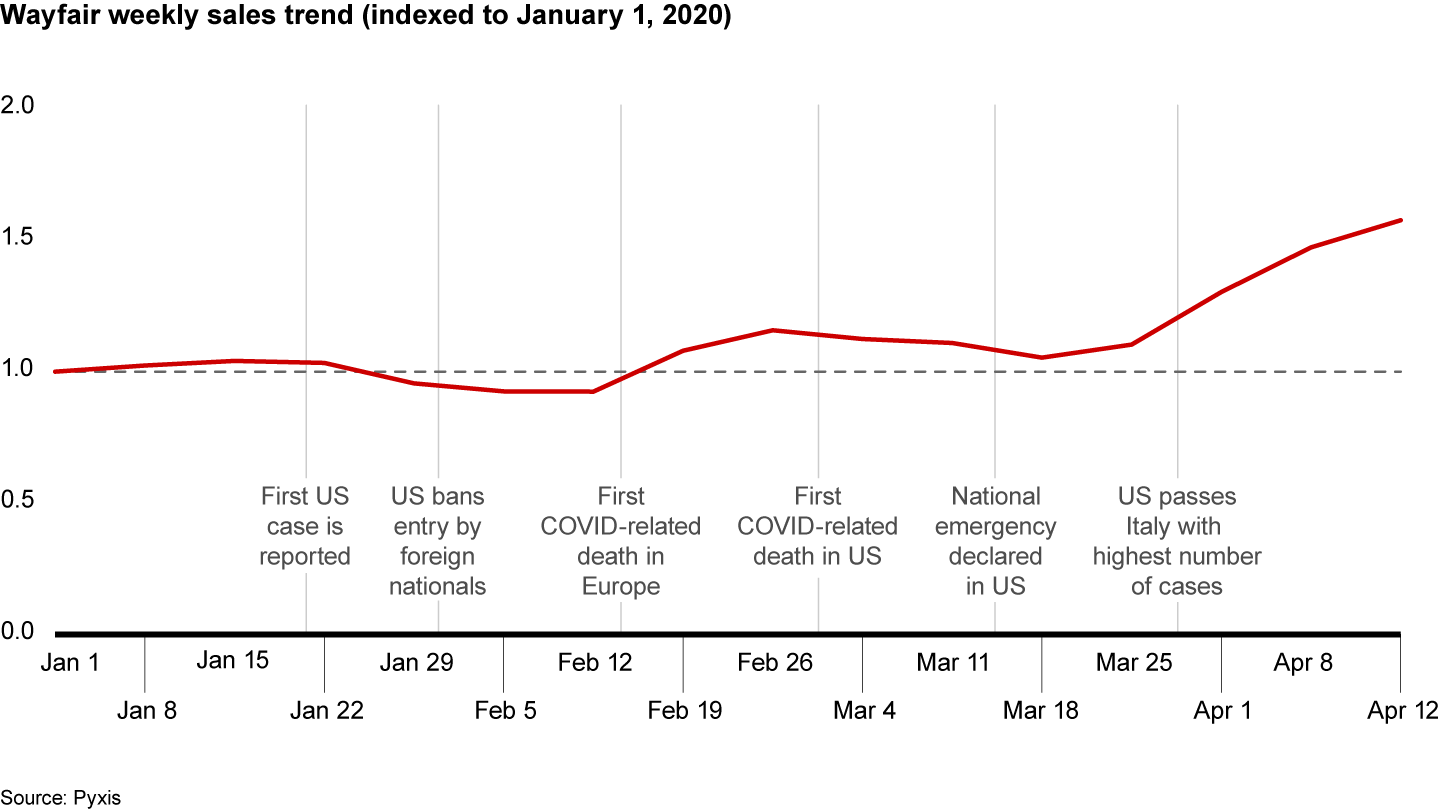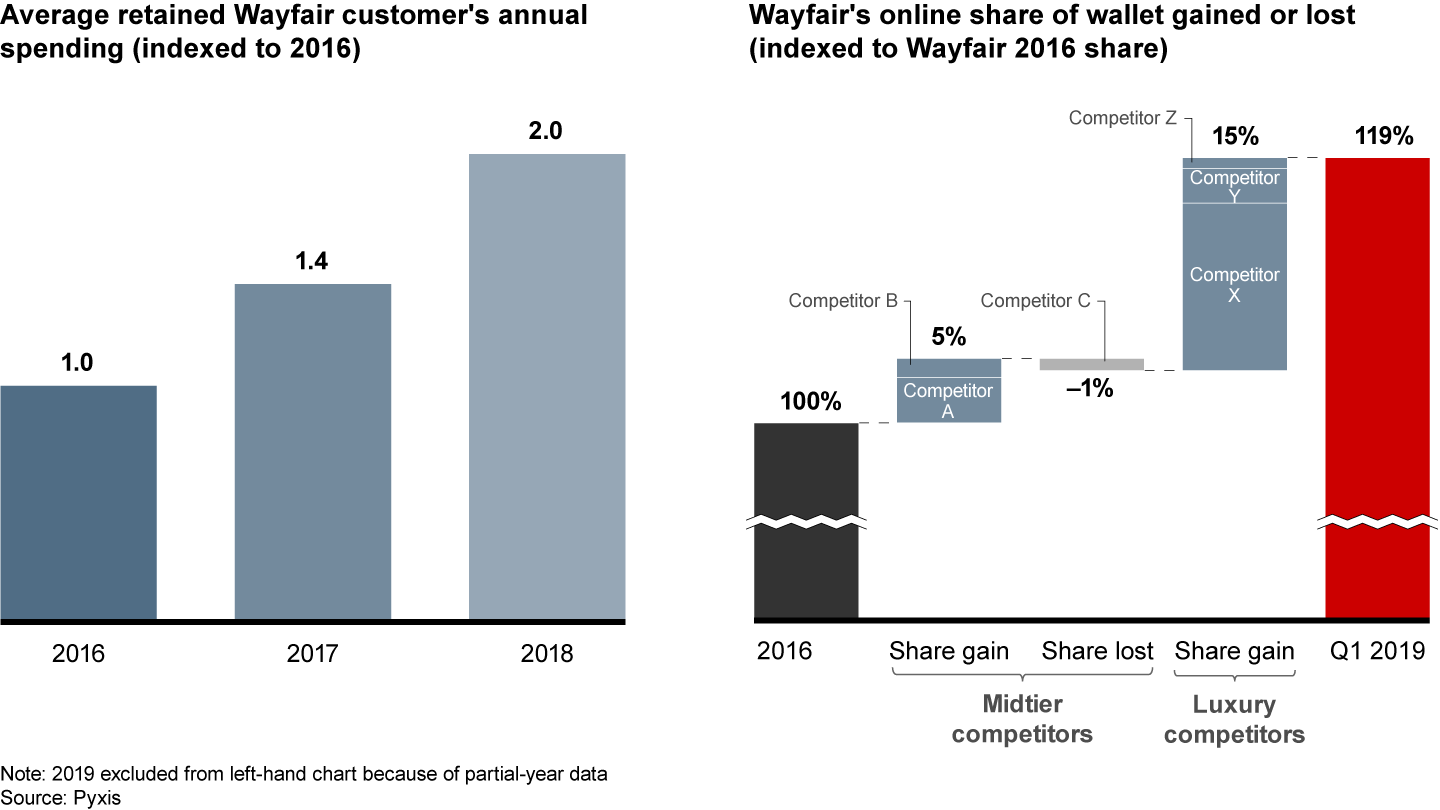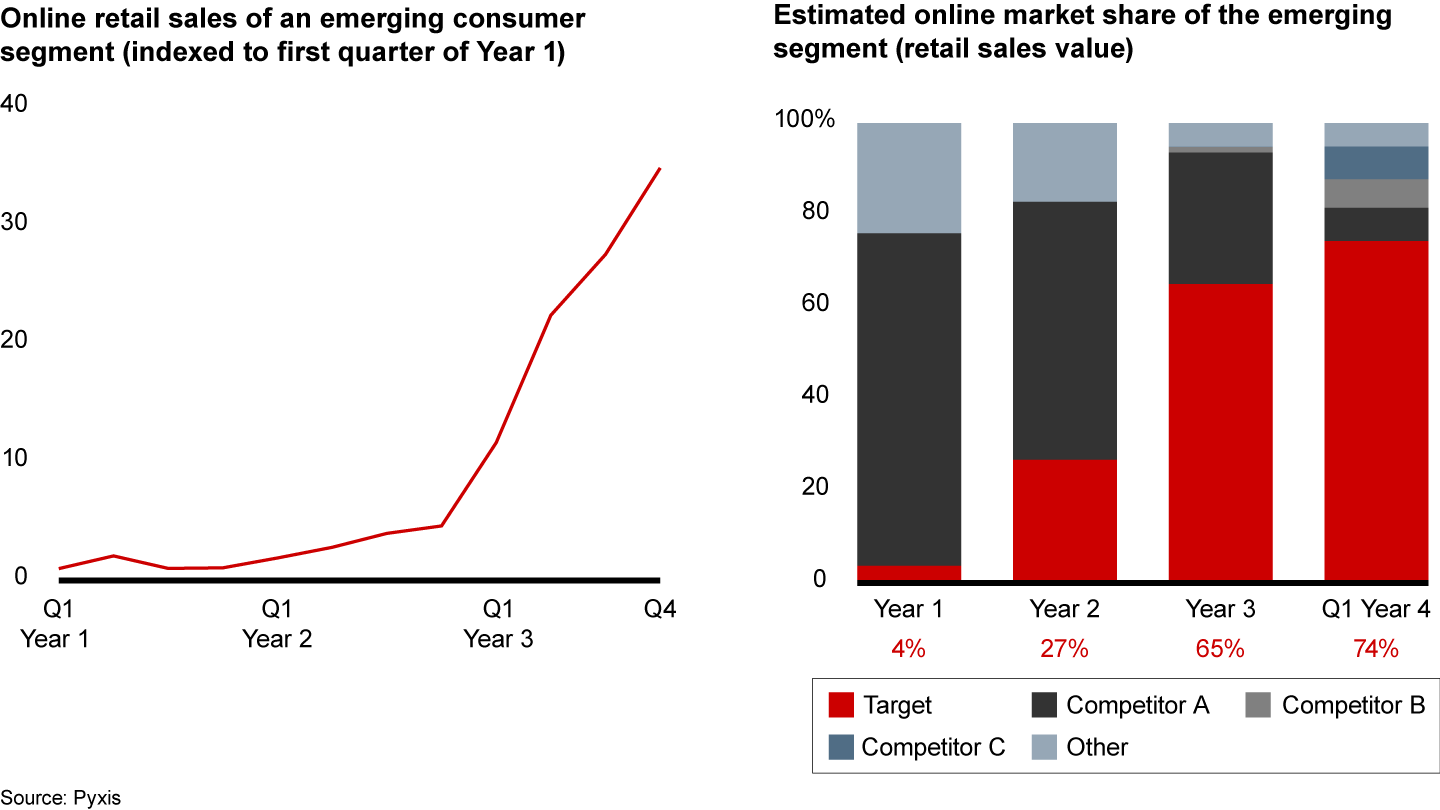Brief

Steady growth in high-yield corporate debt was one defining characteristic of the record economic expansion that ended when the Covid-19 pandemic moved relentlessly around the globe. Over the past decade, US corporate bonds rated BBB or lower grew more than 200%, to more than 56% of the total $7.7 trillion outstanding. US leveraged loans doubled over the same period to $1.2 trillion, a large percentage of them “covenant lite.”

Macro Surveillance Platform
For more detail on the business implications of coronavirus from Bain’s Macro Trends Group, log on to the Macro Surveillance Platform. Learn more about the platform >
How much this debt buildup will affect corporate cash flows in the wake of the Covid-19 crisis remains to be seen. But as debt trades down amid heavy market volatility, investors focused on credit and special situations are taking notice. Investing at or near the bottom of the last downturn resulted in impressive returns across multiple credit asset classes. High-yield bonds were typical. The Bloomberg Barclays High Yield Bond Index grew approximately 35% a year from 2008 to 2010 and more than tripled in value by 2019 (see Figure 1).


The diligence challenge
Investors hoping to duplicate that performance, however, will have to recognize what distinguishes this crisis from the last one. The Covid-19 pandemic threatens to alter corporate performance in ways the global financial crisis didn’t, raising major issues for due diligence. The true impact of this economic shutdown is only starting to reveal itself, and the lack of timely public information hinders efforts to evaluate a broad range of downside scenarios.
The good news is that investors now have access to sophisticated tools and data that didn’t exist a decade ago. In the right hands, these sources of insight make it easier to draw a sharp view of what’s really happening with companies and industries and what their future trajectory might look like.
More competition in the current cycle is a significant added challenge. Funds like Apollo, Blackstone and Oaktree have long had specific mandates to invest across the balance sheet, and Apollo was quick to buy part of a $2 billion, one-year bridge loan that banks arranged for United Airlines. But more traditional buyout funds are also participating in debt this time around. Airbnb, for instance, has announced two rounds of financing so far in April, with participation from Silver Lake and others. A record amount of available capital in the market helped ensure that the $6 billion emergency recapitalization of cruise ship operator Carnival was oversubscribed, despite the risks to the business in the post-Covid environment.
Combining debt savvy with industry and business-specific expertise matters in this market because of the specific nature of this downturn. The Covid-19 pandemic isn’t primarily a financial crisis—at least not yet. It’s a public health crisis that has created an economic shock of unknown duration, with the potential to reorder profit pools and change consumer behavior. Understanding both risk and opportunity in the current environment will require more than standard financial modeling. Useful insight will also boil down to fundamental business issues: How resilient is the company’s value proposition? What’s the strength of its customer base? How has customer behavior changed, and will those changes persist after the crisis?
Answering these questions is never easy. But it’s harder still for debt investors who rarely have access to detailed internal company data. Debt diligence is traditionally an outside-in exercise, leaving investors to draw insights from the limited information that’s publicly available. Yet because the opportunity to capture value from the downturn can be short-lived, investors have to move quickly and decisively. That’s a difficult proposition amid continued uncertainty.
Tapping the power of analytics
For many investments, advanced analytics and alternative data are the only ways to see through the haze. The challenge is marshalling the right data in the right way to glean proprietary insights that can build real confidence around a company’s performance and competitiveness. In 2008, there was no immediate way to know how the changing economic climate was affecting performance beyond quarterly reporting. Today, analytic tools can pull data from a wide variety of sources—credit card transactions, e-commerce receipts, app downloads and so on—to quickly draw out practical insights.
These types of data can show how the crisis altered customer cart size and patterns of shopping behavior, giving investors insight into the company’s fundamental competitiveness and its ability to rebound in a recovery. They can show which players are seeing updrafts and downdrafts from the shelter-in-place orders and the magnitude of those shifts. They can demonstrate how new consumer behaviors are changing the adoption curve for a specific company’s products. And they can shed light on whether employee sentiment and churn has changed over time and how that relates to performance.
In March, when online home-furnishings retailer Wayfair sought investors for a $535 million debt recapitalization, its last public report was almost three months old and of limited use in an economy driving off a cliff. The online-only retailer had carved out a strong middle-market position offering lifestyle brand hard goods at attractive prices. But as the economic effects of the pandemic intensified, the shutdown raised obvious questions about the ongoing condition of any retailer.

Pyxis is a powerful data analysis platform that reveals where, how and why consumers buy, how they pay, how much they spend, how their needs and demands are changing, and much more.
In situations like these, advanced analytics offers a valuable window into a company’s performance. Data from a number of sources can pinpoint what was happening before, during and after a jarring market event. One source is Pyxis, a leading data analytics platform acquired by Bain & Company last year, which focuses on mining alternative data sources to discern patterns in consumer behavior. Consumer data Pyxis scraped off the Internet well before Wayfair’s public disclosures in April shows that the company was maintaining its position heading into the downturn and experienced a surge of activity in March (see Figure 2).


An even deeper analysis indicates that since 2016, the company has not only been retaining customers, but enticing them to increase their spending with the company substantially (see Figure 3). Critically, and contrary to public perception, Wayfair was also moving steadily upmarket, taking share of wallet from several prominent luxury retailers. The findings suggest that Wayfair was not only resilient in the face of market distress, but had actually been improving its position with customers. Quick insights like these elevate due diligence, giving an edge to any investor trying to understand the risk associated with a bridge financing.


Advanced analytics is especially valuable for outside-in due diligence, when little is publicly known about a company or, sometimes, even its market. That was the case with one niche consumer products company that was leading the development of a new category that wasn’t being tracked by traditional retail sources. By scraping and analyzing email receipt data, an investor could determine very quickly that the new segment was growing swiftly. The data also showed that after entering the nascent market in 2016, the target company had rapidly taken share to become the clear leader in an attractive sector (see Figure 4).


What’s crucial in both of these examples is the ability to draw powerful insights—fully from the outside in—with a time lag measured in days, not months or quarters. At a time of almost unprecedented uncertainty for investors, these tools and techniques can help companies develop a differentiated, data-driven thesis. The debt markets are offering a rare opportunity. Due diligence informed by advanced analytics offers the best chance of getting it right.
Or Skolnik and Emilio Domingo are Bain & Company partners and members of the firm’s Private Equity practice. They are based, respectively, in New York and London. Richard Lichtenstein is an expert vice president in Bain’s Private Equity and Advanced Analytics practices, and is based in New York.

Coronavirus
The global Covid-19 pandemic has extracted a terrible human toll and spurred sweeping changes in the world economy. Across industries, executives have begun reassessing their strategies and repositioning their companies to thrive now and in the world beyond coronavirus.